Tree Monitoring
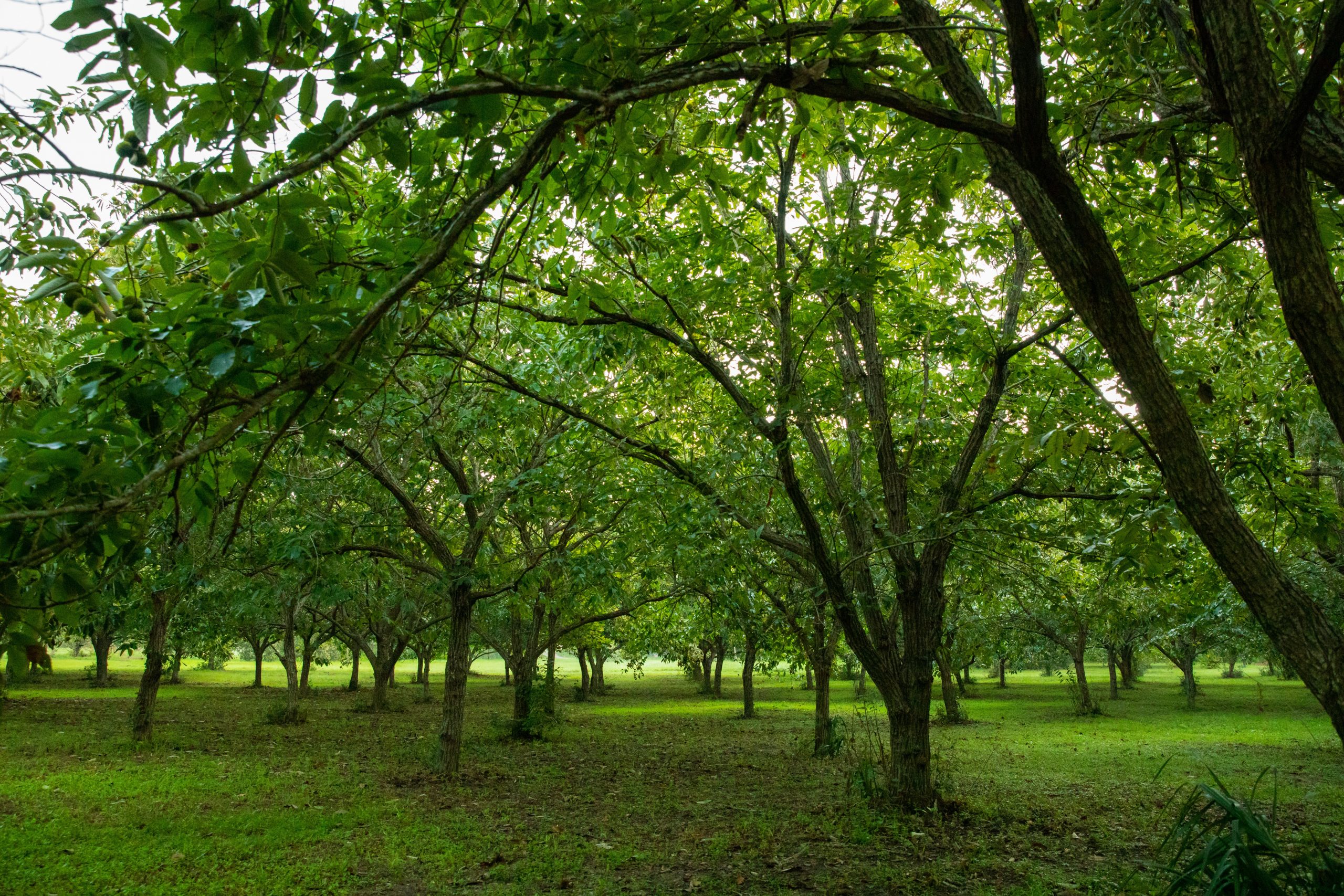
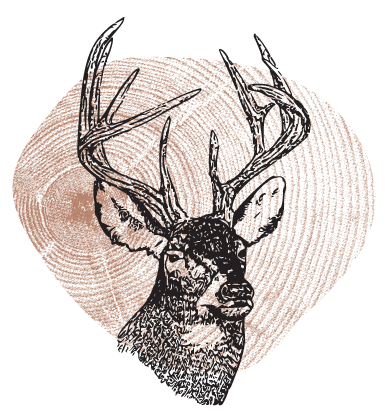
Modern-day land stewards are increasingly putting down roots by planting mast orchards to improve the habitat for current and future generations of wildlife and land users. One of the principal advantages of mast orchards is that once established, they require little maintenance. However, they do need some stewardship if you want to ensure they continue to be productive. That’s why periodic inspections are a good idea.
We plant shrubs and trees for wildlife, but sometimes the beneficiaries can be a bit ungrateful, literally biting the hand, or in this case, the limb that feeds them. Deer damage generally takes one of two forms. The most common is browsing. Coarse, woody browse makes up a large part of the whitetail’s winter diet. Even when other food is available, they’ll nibble on twigs and stump sprouts. While it doesn’t generally harm older trees, it can be devastating to young ones. The simple solution is to put fences or cages around saplings until they’ve had a chance to grow out of reach or establish enough growth to withstand some browsing. Maintaining a healthy supply of natural browse from other, non-mast-producing trees can also help take the pressure off your planted stock.
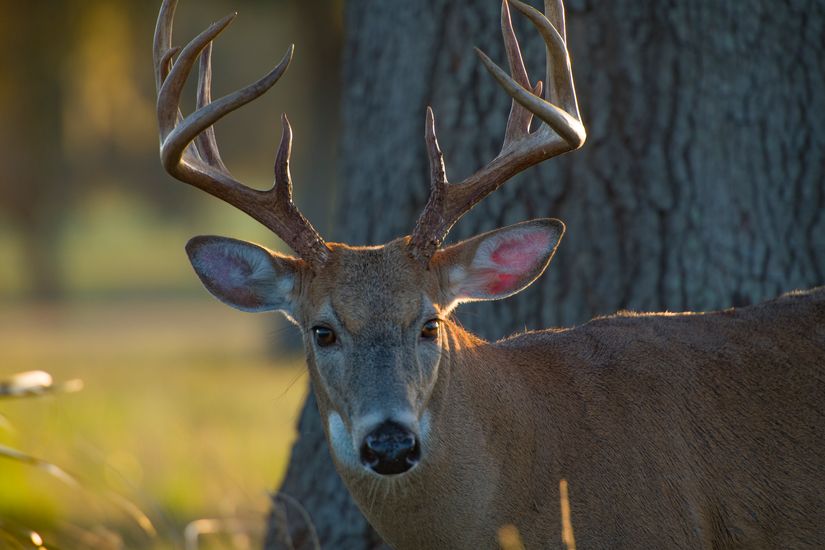
The other form is bucks rubbing trees to rid their antlers of velvet and establish and maintain visual and olfactory signposts. Here again, older trees can withstand a certain amount of rubbing. In fact, larger signpost rubs can become traditional, used year after year, which makes them useful and attractive for hunters. Excessive rubbing that removes the protective bark from younger trees can be detrimental, but tree tubes are often enough to give your stock a head start.
Bears can be notoriously rude guests. They may break limbs and branches as they climb mast trees to reach fruit and nuts. And if they can’t reach it, they may intentionally pull and break branches. There’s not much you can do to prevent it, but you can sometimes reduce long-term damage by addressing problems when you find them, like trimming off broken branches to avoid further damage and bark stripping.
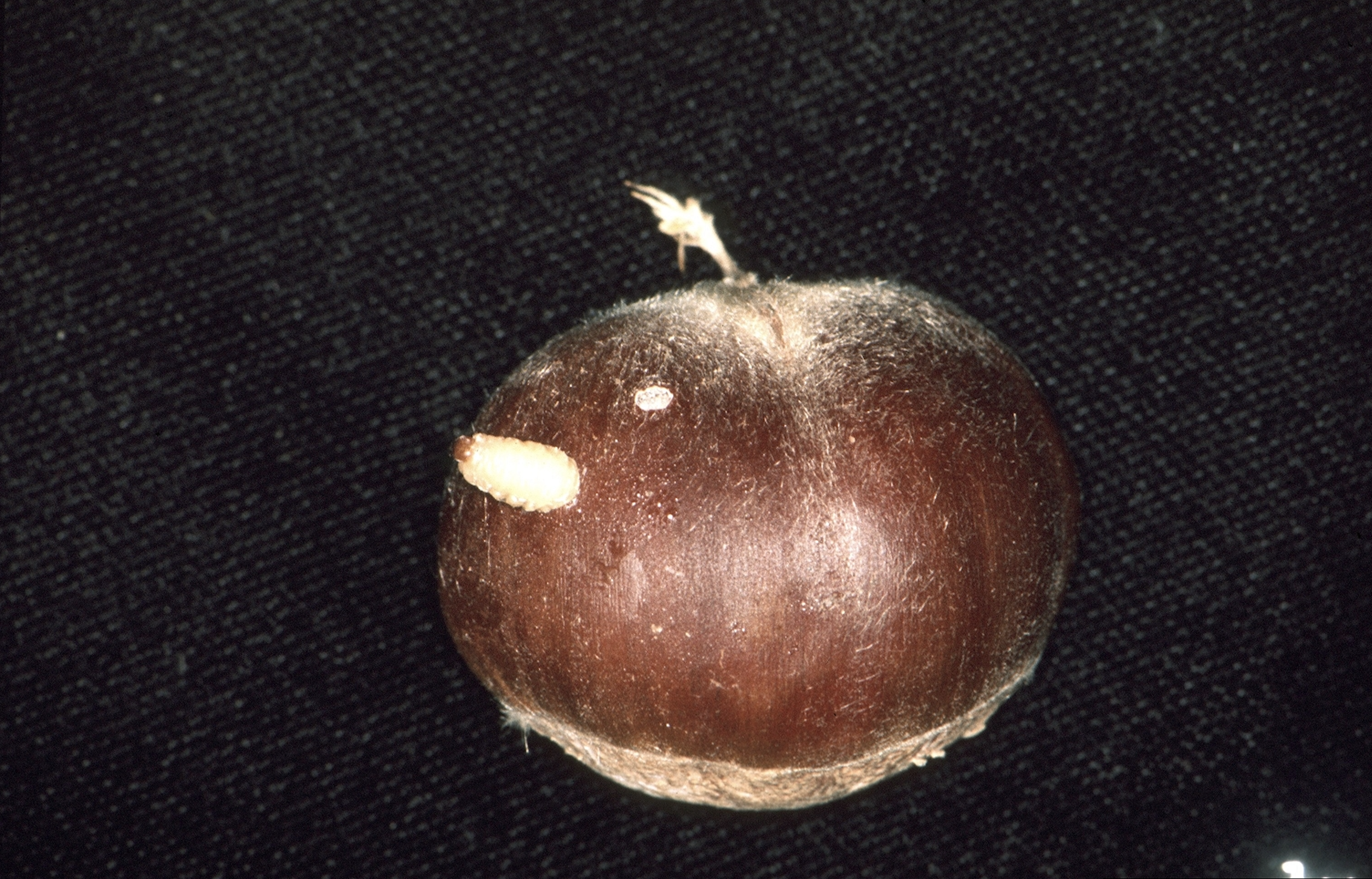
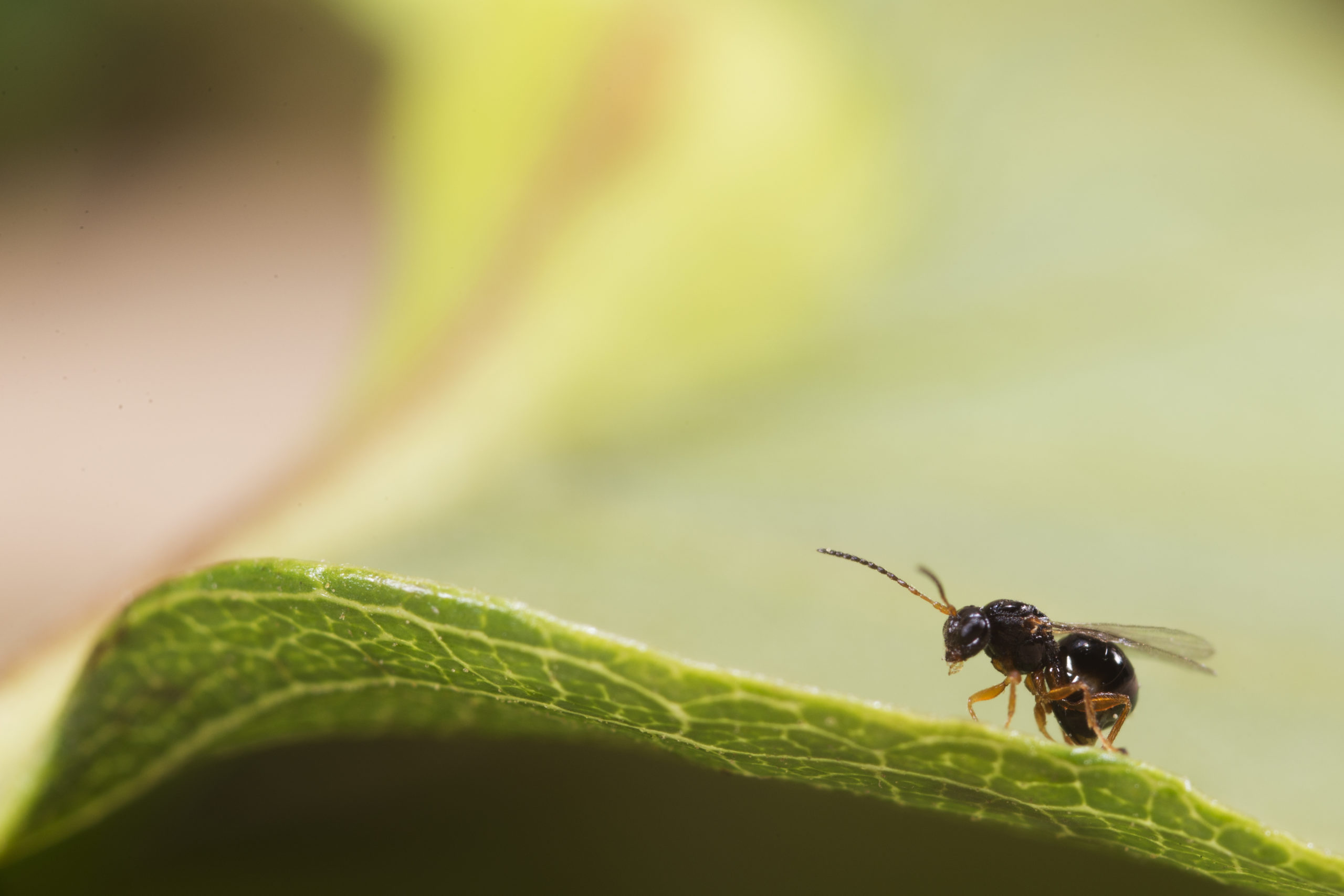
Left: Weevil larvae in chestnut. Right: Chestnut Gall Wasp.
There’s a litany of potential pests and diseases that could damage your plant stock. Beetle infestations cause defoliation or a proliferation of damaging fungus. Gall wasps damage foliage and reduce nut production. Weevils infest nuts, and ants can eat trees from the inside out.
Each pest has a different prescription, and you should consult your local arborist or cooperative extension specialist for specific recommendations.
Consider the benefits of using integrated pest management (IPM) and organic products over traditional products. IPM is an ecosystem-based strategy that utilizes biological control, habitat manipulation, modification of cultural practices and use of resistant varieties. Call it preventive maintenance or dirt wisdom.
By creating conditions unfavorable to pests, you reduce the likelihood of their occurrence. One way is selecting disease and pest-resistant varieties, which the folks at Chestnut Hill Outdoors have already done for you. Another is keeping those trees healthy, so they are better able to ward off potential infection.
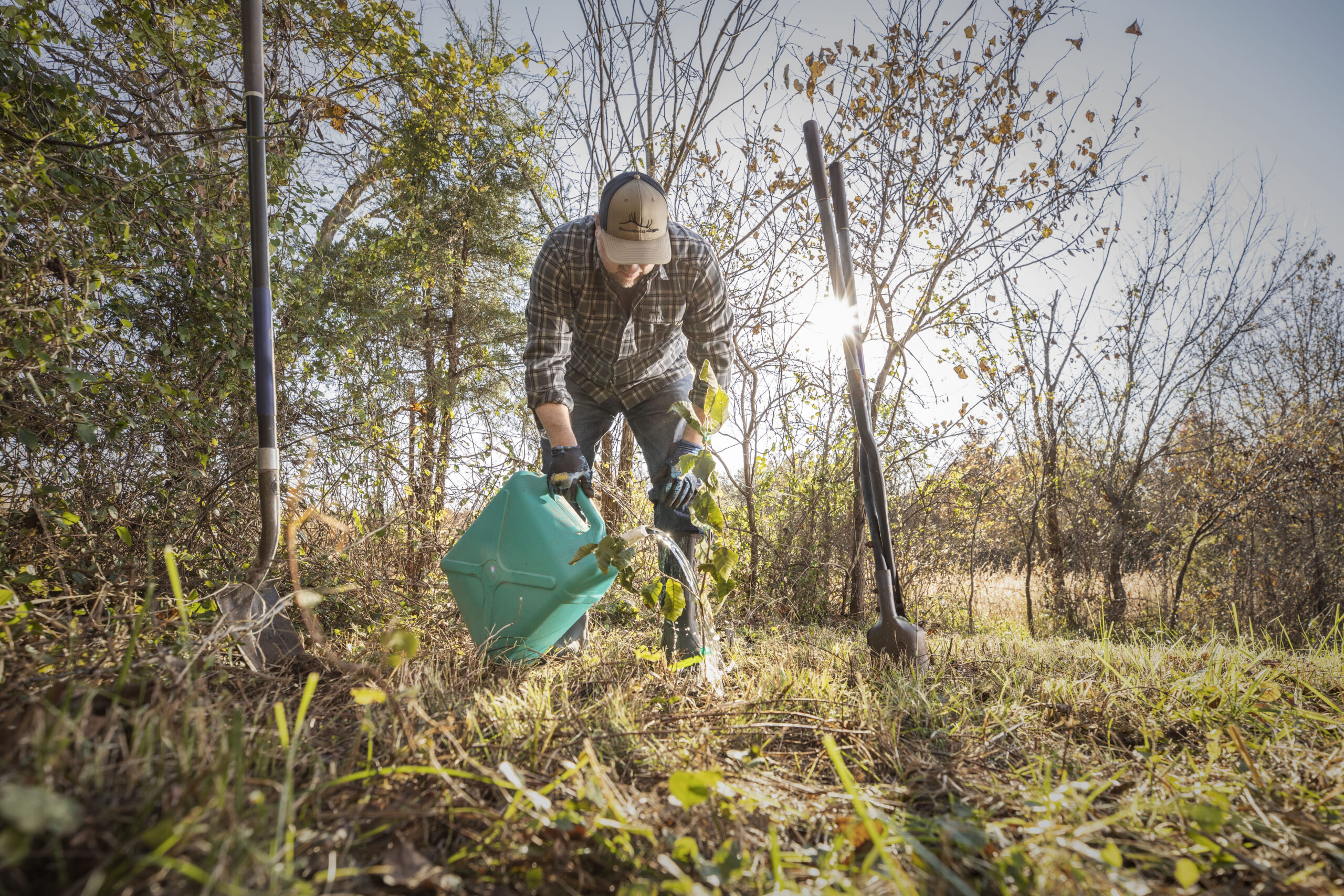
No system is fail-proof, and sometimes pest control measures are needed. But chemicals can have a negative impact on the environment. They can poison native species like pollinator bees and butterflies and possibly pollute surface and groundwater. In most cases, there are organic alternatives.
Plants need three things to survive and grow–sun, soil nutrients and water. It would be best to consider and address all three before and during the planning and planting process. However, it’s wise to monitor as conditions can change. If you notice a problem, try to determine the cause. Opening up the canopy is an easy way to provide more sunlight. Soil tests can tell you if your plants are getting the right type and amount of nutrients.
Water may be the most important of the three, and trees can suffer from too little or too much. Young trees need more water during their initial growth stage, and you may have to supply it through direct watering or irrigation. Conversely, ditches or tiling can help rid areas of excess water.
Much of maintaining your mast orchards comes down to dirt wisdom, good old common sense. Proper planning and planting prevent poor performance, and periodic perusal will perpetuate production. Put in the right work and thought upfront, and your efforts should pay off. Still, it doesn’t hurt to keep an eye on things.


